Along The Bronx’s Grand Concourse: A Guide
Back in 1890, when much of New York’s northernmost borough, the Bronx, remained undeveloped, a French immigrant was charged with laying out the then rural area’s street grid. The planner cum designer, Louise Aloys Risse, conceived of a dignified throughway, a proud and lovely main street inspired by Paris’s Champs-Élysées. Risse had big ideas for his Grand Concourse and, at the time of its construction between 1894 and 1909, a lofty urban mentality was thriving. The City Beautiful Movement, a North American reform philosophy, was in full swing, with monumental civic architecture all the rage among builders. When the Concourse opened to traffic, it stretched significantly longer than the Champs-Élysées, and has only been extended since – expanding to 138th Street from 161st Street following the widening of Mott Avenue in 1927.
The Grand Concourse has seen the borough through decades of change. The Art Deco apartment houses along its length have been built and burned over the years as the area experienced incredible social upheaval and reconstruction. Tens of millions of dollars in restoration money have been poured into the stretch, and in 2011 a portion of the Concourse, from 171st to 175th Street, was made a historic district.
The Concourse cuts through many borough neighborhoods, each with their own separate flavor (and connected not only by proximity but the shared boulevard.) Due to the nature of its length, there is no single Grand Concourse neighborhood, but walking along the stretch is, in a sense, like walking along the Bronx’s central nervous system. The street drips with the borough’s history in the honest way which only infrastructure can. From well known institutions like Yankee Stadium and the Bronx County Courthouse to locally harvested legends like the Lady of the Universe Shrine, the boulevard abounds with worthwhile sites, some internationally acclaimed others known mainly by those on the block.
From north to south, here are 8 spots to visit along the Bronx’s Grand Concourse:
Yankee Stadium (1 East 161st Street)
Yankee Stadium opened on East 161st Street in 1923 and served as the Bronx Bombers’ home up through 2008 (except in 1974 and ’75), when the new stadium was built adjacent to the original. The construction of the current Yankee Stadium was quite controversial and, in what the New York Times‘ called an, “unabashed bid for redemption,” NYC officials created a pricey public ballpark – Heritage Field – on the site of the Yanks’ former home. A Yankee homage, Heritage Field is free to visit, unlike the stadium next door.
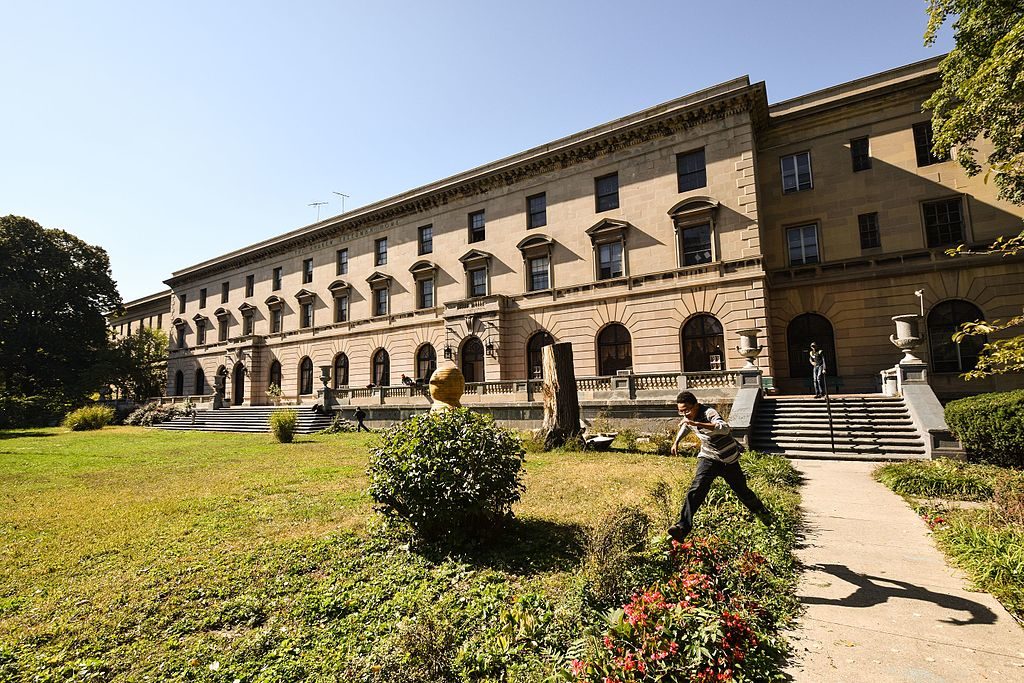
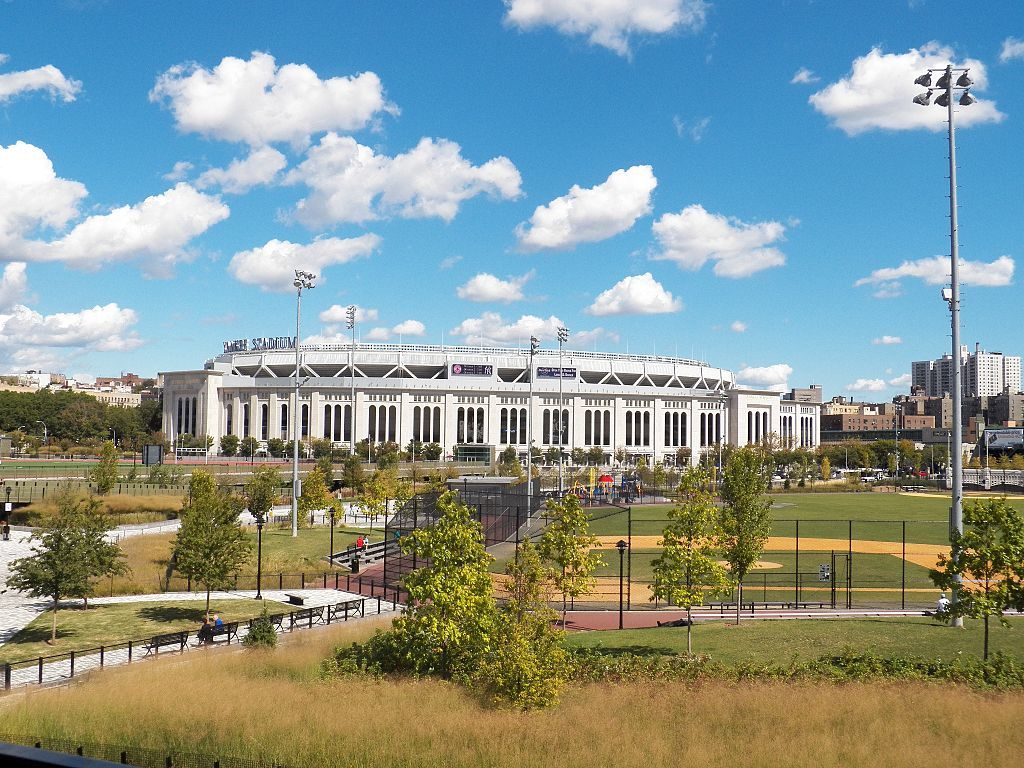
Joyce Kilmer Park and the Andrew Freedman House (1125 Grand Concourse)
Named for soldier, poet, and journalist Joyce Kilmer, who was killed in action on the Western Front in 1918, Joyce Kilmer Park is a sliver of green in the shadow of Yankee Stadium. It is home to a white marble fountain and a bronze statue of the Bronx‘s first commissioner of street improvements, Louis J. Heintz.
The Andrew Freedman Home stands out starkly from its surroundings. A Renaissance villa constructed by Andrew Freedman, a financier, the grand structure is owned by the Mid-Bronx Senior Citizens Council. The Council currently has the building’s southern wing as a bed and breakfast and its second floor as an artist-in-residence program with’ “long-range plans for redeveloping the rest of the facility.”
Mario Merola Building (851 Grand Concourse)
Known more commonly as the Bronx County Courthouse, the Mario Merola Building contains the office of the Borough President, courtrooms, and a variety of other public agencies within its nine stories. Located within an historic district, the building is a beauty, from its balustraded terrace to its gilded spandrels. The structure appeared prominently in Bonfire of the Vanities, both book and movie.
Bronx Museum of the Arts (1040 Grand Concourse)
Initially housed in the Bronx County Courthouse, the Bronx Museum of the Arts moved to a donated former synagogue five blocks north in 1982. Then, in 2004, a multimillion dollar initiative began to construct a new, 16,000-square-foot home for the museum. This thoroughly modern new facility opened in 2006. In addition to its permanent collection of more than 1,000 multimedia works, the Museum also has a variety of contemporary exhibits.
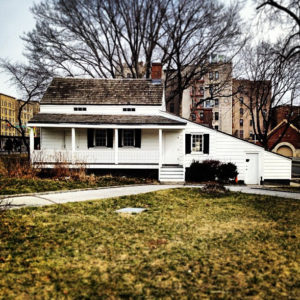
Poe Park and the Edgar Allen Poe Cottage (East 192nd Street)
A white farmhouse stands out in the quaint green space known as Poe Park. It is so named for the poet, Edgar Allen Poe, who rented the little cottage from 1846 to 1849. The price? A mere $100 a year. According to NYC Parks, Poe wrote his famed “The Bells,” “Eureka,” and “Annabel Lee” pieces here. The cottage was moved 450 feet north of its first location in 1913, the year it opened to the public.
Lady of the Universe Shrine (3191 Grand Concourse)
In November, 1945, then 9-year-old Joseph Vitolo was playing with friends near his Bronx home when he saw what he believed was the Virgin Mary, floating above a large rock. TIME and LIFE both covered the sighting, and Vitolo began regularly visiting the rock, which became a public shrine to commemorate the Virgin Mary’s visit. As of 2010, Vitolo still lived in that house and, when physically able, visited the shrine, which to this day is well kept and still faces the Grand Concourse.
Valentine-Varian House and Bronx County Historical Society (3266 Bainbridge Avenue)
Owned by the Bronx County Historical Society since 1965, the Valentine-Varian House was built in 1758. A part of New York City’s Historic House Trust, the building is “the last of the farmhouses that once lined the Boston Post Road,” according to the site. Constructed in the Georgian style, the home is now operated as the Museum of Bronx History by the Historical Society.
Van Cortlandt Park
New York City’s third largest park, Van Cortland is situated at the very northern tip of the Grand Concourse, by Mosholu Parkway. At over one thousand acres, this green space is truly sprawling, and is home to many superlatives: America’s first public golf course, the Bronx’s oldest home and the borough’s largest freshwater lake, according to NYC Parks.
Book Your Stay Now in Bronx, NY
Search, compare and book hotels & rentals at the best prices that are pulled from major booking sites like Booking.com, Hotels.com, Expedia, Vrbo, and more. You can move the map to search for accommodations in other areas and also use the filter to find restaurants, purchase tickets for tours and attractions, and locate interesting points of interest!


Hannah Frishberg is a fourth-generation Brooklynite, reporter and photographer. Her work has appeared in Narratively, Curbed, Gothamist, Atlas Obscura among other publications and she was most recently the Editor in Chief of Brokelyn. She’s working on a book about the many of lives of the Gowanus Batcave.
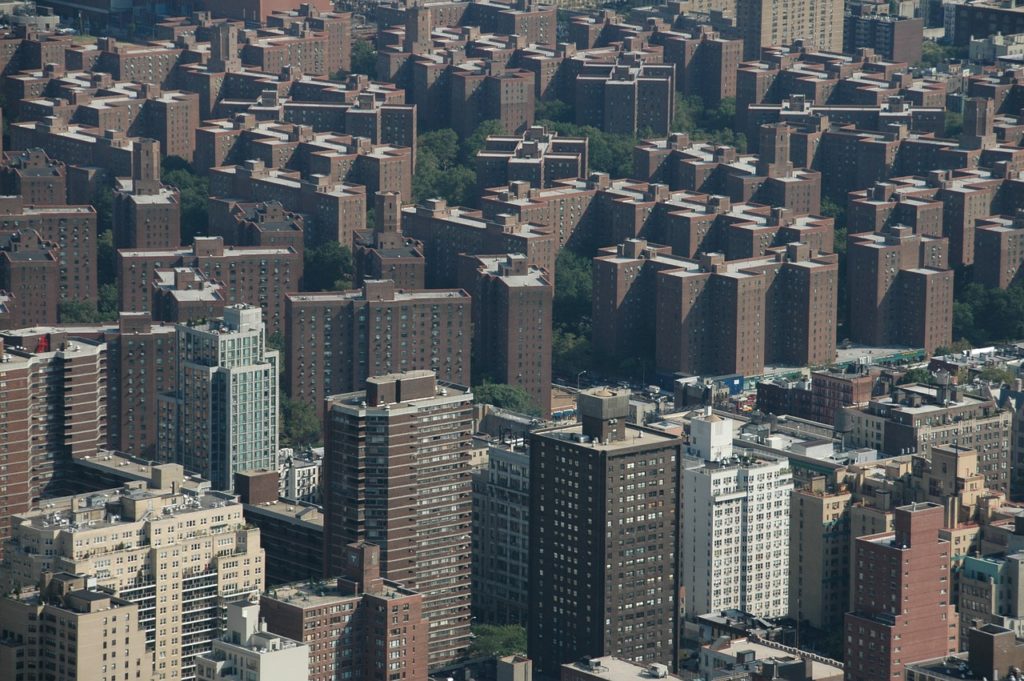
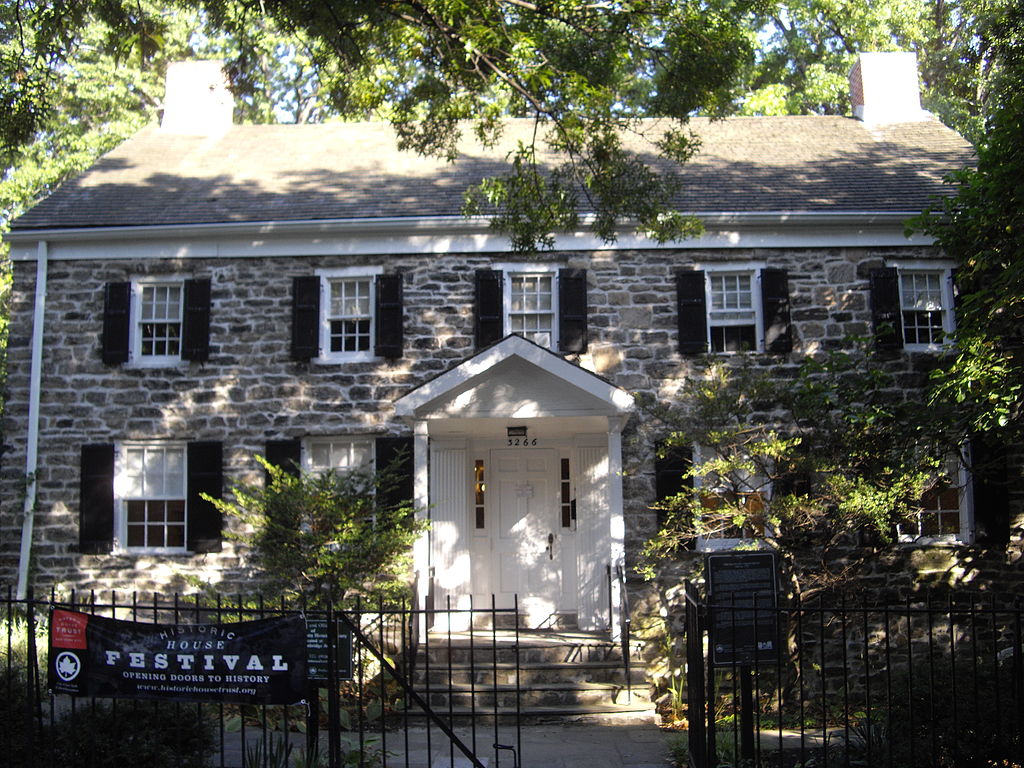
![Van Cortlandt Park. By Jim.henderson (Own work) [Public domain], via Wikimedia Commons](https://www.worldfootprints.com/wp-content/uploads/2018/03/1024px-Van_Cortlandt_Park_lake_east_jeh.jpg)